The port of Baltimore could reopen as early as this weekend as the last piece of steel bridge has been removed from the Fort McHenry Federal Channel, following the collapse of the Francis Scott Key Bridge in March.
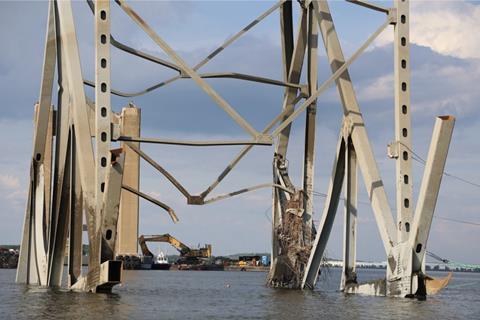
Story updated 11 June
The Fort McHenry Federal Channel has now been fully restored to its original operational dimensions of 700ft wide and 50ft deep for commercial maritime transit through the Port of Baltimore.
Unified Command, a group of agencies that have been working to remove the debris blocking the channel, said it has successfully removed the final large steel truss segment blocking the 213-metre-wide channel using concrete breakers, underwater surveys and oxyacetylene torches to separate the concrete, cable and steel rebar. The channel has been cleared to a width of 122 metres and depth of 15.2 metres, allowing deep-draft commercial vessels to access the port again.
Estee Pinchasin, Baltimore district commander, US Army Corps of Engineers, said Unified Command is pushing forward to clear the full 213 metres of the channel. “We are not taking our foot off the gas,” she said. “We are pushing forward as quickly and safely as possible to reach 700ft and ensuring we remove all wreckage to prevent any impact to future navigation.”
The bridge collapsed on 26 March when the 290-metre Singapore-flagged container ship Dali lost power and struck a column on the bridge, leading to the death of six people who had been working on the bridge at the time. The ship was managed by Synergy Marine group and was chartered by Maersk at the time of the incident. It had 22 crew on board, all of whom have been accounted for with no injuries. It was carrying around 4,700 containers on board, amounting to almost half of its 10,000 capacity.
Enough debris was cleared from the Dali itself to allow it to return to the Seagirt Marine Terminal on 20 May, having been trapped under the bridge debris for almost eight weeks.
Concerns have been raised about aging infrastructure across the US following the disaster. Earlier this week, the Arthur Ravenel Jr. Bridge, a major bridge in Charleston, South Carolina, was temporarily closed after a crew lost control of a large container ship. The US Coast Guard was alerted to the vessel, the MSC Michigan VII, on 5 June at 12.17pm and action was taken by authorities to clear boaters from its path and shut down the bridge. Thankfully, disaster was averted and the vessel passed safely under the bridge.
The collapse of the Francis Scott Key bridge in Baltimore caused huge problems with the supply chain in North America, as Baltimore is the busiest US vehicle-handling port in the US, with its vehicle terminals, including Dundalk and Fairfield, having moved 847,158 vehicles in 2023. The port has a skilled workforce, the advantages of interstate transport links and four terminal operators (Amports, Pasha Auto Services, Ports America and Wallenius Wilhelmsen Solutions), making it a popular port for finished vehicle logistics. But when the port was out of action to clear debris, FVL firms had to re-route vessels to other US ports, including Brunswick, New York, Norfolk and Philadelphia. After the bridge collapse, the US Coast Guard had opened an alternate channel for vessels at the site to reroute.

























![Global[1]](https://d3n5uof8vony13.cloudfront.net/Pictures/web/a/d/s/global1_726550.svgz)






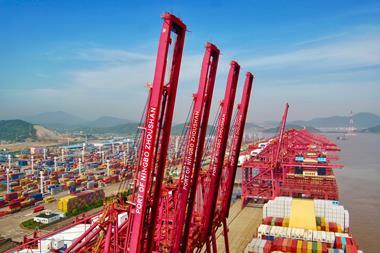

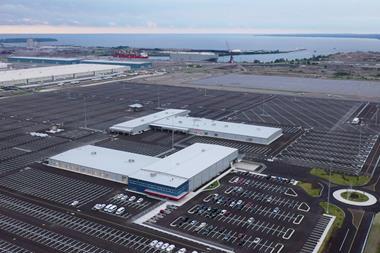
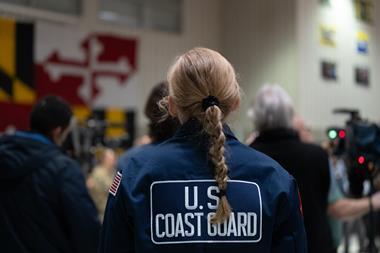
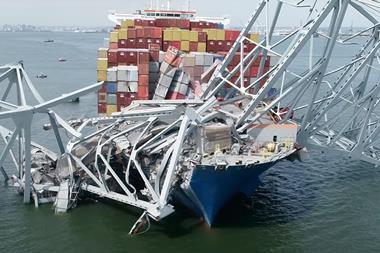



No comments yet